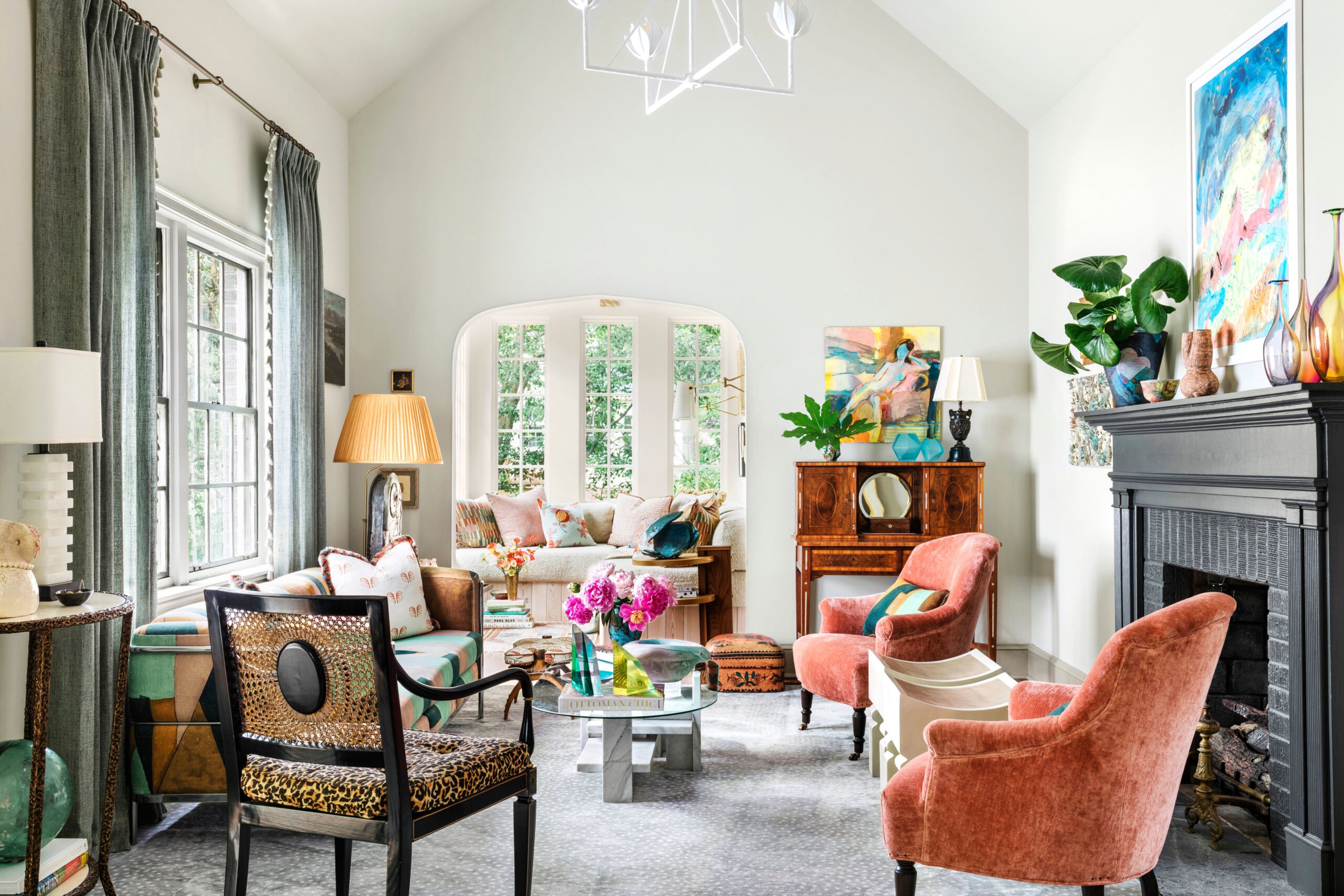Blending different decorating styles is one of the most creative — and risky — parts of interior design. When done well, it creates a unique, layered space that reflects personality and tells a story. But if done carelessly, it can result in a chaotic and visually overwhelming room.
Fortunately, with a few practical guidelines, you can mix decorating styles confidently and avoid common design pitfalls. Whether you’re blending modern with vintage, rustic with industrial, or boho with minimalism, these tips will help you create harmony and cohesion in any space.
1. Start with a Dominant Style
Think of your main style as the “anchor” of your space. It should set the overall tone and serve as the backdrop for mixing other elements.
Tips:
- Choose one style to make up about 70% of the design.
- The remaining 30% can come from complementary or contrasting styles.
- For example, if your base is modern, you can add rustic wooden accents or vintage lighting.
2. Use a Consistent Color Palette
Color is one of the strongest unifiers in a room. Even if your furniture and accessories come from different styles, a cohesive color scheme ties everything together.
Tips:
- Choose 2 to 3 main colors and use them consistently across styles.
- Neutral tones work well as a base, allowing bolder elements to shine.
- Repetition of color across furniture, art, and textiles creates visual flow.
3. Balance Shapes and Proportions
Each design style tends to favor certain shapes — for example, mid-century modern features clean lines, while boho embraces curves and organic forms. Mixing these can add depth, but the balance must be intentional.
Tips:
- Mix straight and curved lines for contrast and softness.
- Keep scale in mind — large, bulky furniture can overpower delicate pieces.
- Distribute visual weight evenly across the room to maintain harmony.
4. Blend Through Textures and Materials
Incorporating a variety of textures adds richness and helps bridge different styles.
Tips:
- Combine materials from each style — e.g., metal (industrial) with wood (rustic) and rattan (boho).
- Use fabrics to create contrast, like pairing sleek leather with soft linen or faux fur.
- Layer rugs, throws, and pillows to soften transitions between styles.
5. Repeat Key Elements Across the Room
Repetition is a designer’s secret weapon for cohesion. When similar features appear throughout the space, it signals intentionality rather than randomness.
Tips:
- Repeat patterns (like stripes or geometrics) in different areas — such as on pillows, rugs, or artwork.
- Echo the same finishes or materials — like brushed brass or dark wood — across furniture or fixtures.
- Use matching or complementary lighting to connect different parts of the room.
6. Choose Transitional Furniture Pieces
Transitional or neutral furniture can act as a bridge between styles, allowing for more fluid mixing.
Tips:
- Go for simple, versatile pieces in neutral tones.
- A clean-lined sofa, for example, can work with both traditional and contemporary decor.
- Avoid statement furniture in every style — choose a few to stand out, and let others complement.
7. Curate Your Decor Thoughtfully
A mixed-style room shouldn’t feel like a showroom or flea market. Each piece should have a purpose or contribute to the story of the space.
Tips:
- Limit decorative clutter — focus on fewer, meaningful items.
- Curate vintage pieces that harmonize with your overall palette and mood.
- Arrange decor by function or visual relationship rather than just style.
8. Pay Attention to Flow Between Rooms
If you’re mixing styles, make sure transitions between rooms feel natural — especially in open-plan homes.
Tips:
- Carry over at least one element (color, material, or texture) from room to room.
- Avoid drastic style shifts between adjacent areas.
- Use artwork or rugs to connect spaces subtly.
9. Experiment Slowly and Mindfully
Designing is a process. Don’t rush to fill a space with mismatched pieces all at once.
Tips:
- Start with foundational pieces and build gradually.
- Try mood boards or digital room planners to test combinations visually.
- Give yourself time to live in the space and adjust as needed.
10. Trust Your Instincts — with a Plan
There’s no exact formula for mixing styles because every home — and every person — is different. Trust your taste, but back it with thoughtful decisions.
Tips:
- Identify what you’re drawn to and research how others have blended those elements.
- Stay open to editing — sometimes removing one item can make the whole room feel more balanced.
- Take inspiration from magazines, Pinterest, or showrooms, but adapt it to your space and lifestyle.
A Harmonious Mix Makes a Home
Mixing decorating styles allows your home to feel collected, personal, and full of character. By following these tips — starting with a dominant style, using color to unify, and blending textures and proportions — you can avoid common design mistakes and create a space that feels cohesive and curated.
